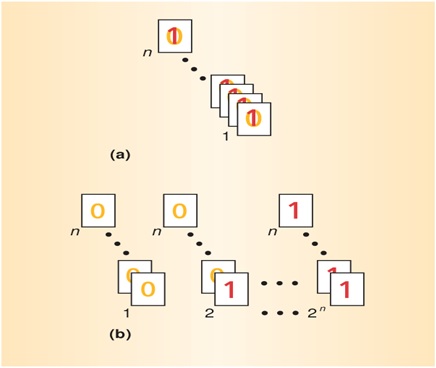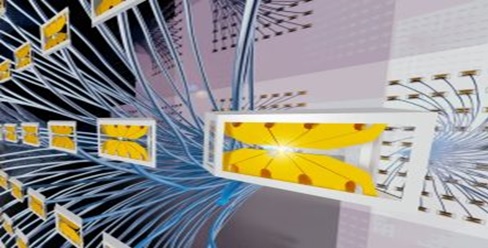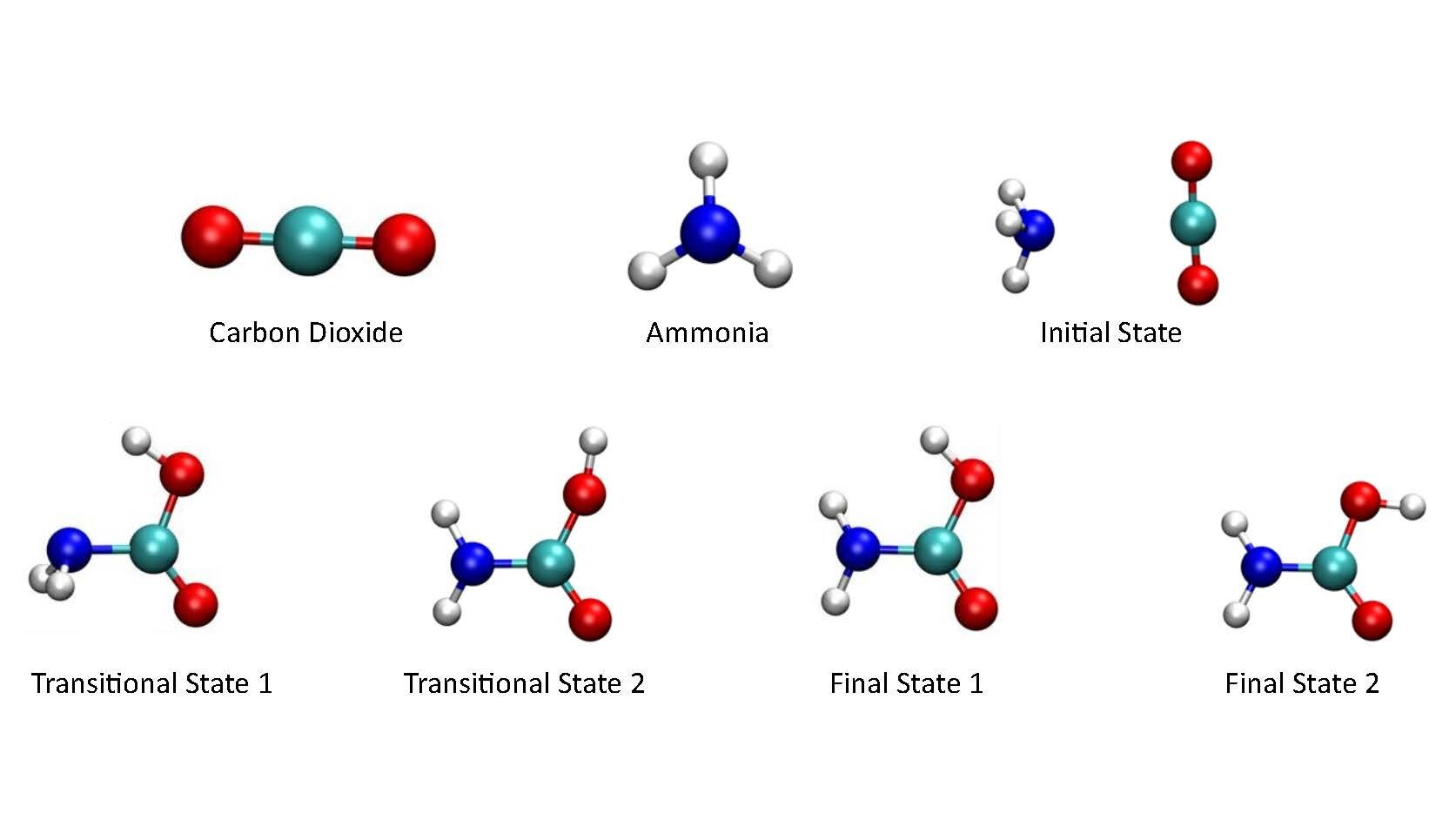Quantum Parallelism
Quantum parallelism is a fundamental concept in quantum computing that allows quantum computers to perform certain computations exponentially faster than classical computers. It refers to the ability of a quantum computer to perform many computations in parallel by exploiting quantum superposition.

Figure 1. Classical versus quantum parallelism [1]
Figure 1 shows Classical versus quantum parallelism. To achieve the same degree of parallelism as (a) 300 quantum processors (n = 300), we would need (b) 2 300 classical processors. Since 2 300 is more than the number of particles in the universe, to say that quantum computing enables an astronomical increase in parallelism is obviously an understatement. [1]
In classical computing, parallelism is achieved by using multiple processors to perform different tasks simultaneously. However, in quantum computing, parallelism is achieved by performing many computations simultaneously on a single quantum computer.
The key to quantum parallelism is the ability of a quantum computer to manipulate qubits in a superposition of states. This means that a quantum computer can perform many computations simultaneously by encoding them into a superposition of states. When the computation is completed, the quantum computer can then extract the result by measuring the state of the qubits.
Quantum parallelism can be used to speed up certain types of computations, such as searching through an unsorted database or factoring large numbers. For example, Shor's algorithm is a quantum algorithm that can factor large numbers exponentially faster than the best-known classical algorithms. The speedup is achieved by using quantum parallelism to simultaneously check many possible solutions in a superposition.
However, not all computations can be sped up using quantum parallelism. In fact, most classical algorithms cannot be sped up using quantum parallelism. In general, quantum parallelism is only useful for problems that can be expressed as a linear combination of many terms, which can be encoded into a superposition of states. The challenge in quantum computing is to find and develop quantum algorithms that can exploit quantum parallelism to solve important problems.
References:
- https://www.researchgate.net/figure/Classical-versus-quantum-parallelism-To-achieve-the-same-degree-of-parallelism-as-a_fig1_220476032
Cite this article:
Hana M (2023), Quantum Parallelism, AnaTechMaz, pp.106















